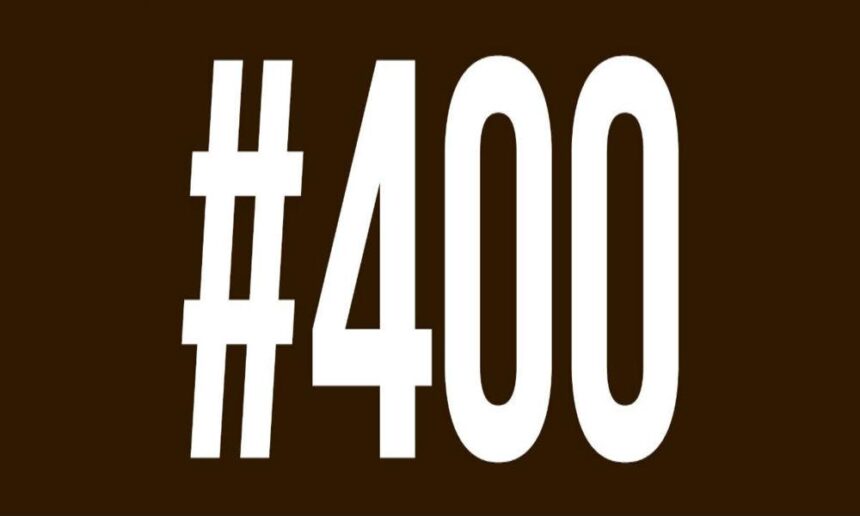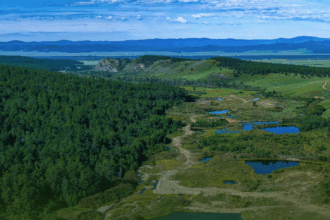Only democratic countries with a market economy can develop their human resources and deliver livelihoods of happiness and prosperity. Such opportunities are limited in a dictatorship as it does not allow for a free economy. So, why is Mongolia – a democracy with a market economy – unable to develop its human resources and turn them into wealth?
In economics, resources are referred to as the factors of production. Given resources are used to produce goods and services, they can also be treated as the fabric to build the economy. Resources are divided into two categories: material and human. Material resources include natural resources, land, goods produced with human labor, and the capital spent on purchasing them. Human resources include the workforce, the people who make the goods and offer services, and the entrepreneurs who manage other factors of production.
Mongolians label both material resources and mineral resources as ‘wealth’, but we do not see human resources in the same light. We need to remember that not all natural resources are wealth, but all human resources are.
An example would be non-renewable mineral resources. A lot of capital is required to do exploration and find a deposit, which does not always happen. If discovered, even more capital is needed to take the minerals out of the ground and process them. The deposit is put into circulation to create value and wealth only when the total revenue is projected to exceed the costs.
In contrast, human resources are a type of wealth that can renewed. From birth every person has the equal right to lead a happy life and achieve their dreams. However, not everyone does so. Almost one third of our population is living in poverty today because not everyone is currently able to become a part of the workforce and take part in the production of goods and services.Primary condition for turning our people into wealth
The Organisation for Economic Co-operation and Development reported that,if every child is provided with education, practice, and skills to achieve their full participation and involvement in society, low- and high-income countries can grow their GDP by 28 and 16 per cent respectively over the next 80 years.
The primary condition for turning our human resources into high-skilled workforce, therefore transforming into wealth, is general education. The Ministry of Education, Culture, and Science reports that 97 percent of Mongolian children are attending elementary school, which is a leading percentage globally.
However, it is an entirely different picture when it comes to the quality of education. In the 2016/2017 academic year, a total of 562,000 students are enrolled in 798 high schools. Ulaanbaatar has 235 high schools, 102 of which are private schools, providing education to 41.4 per cent of total high school students. The total number of students who are enrolled in the third shift at high schools in the capital city has risen from 6,300 to 9,923 in the last academic year. What it says is that the schools in Ulaanbaatar are exceeding their capacity while the soum schools in the countryside are looking for students to fill their classrooms.
In order to suspend the third shift at schools, the government included the costs of building 32 schools (29 of which would be in Ulaanbaatar) in the public budget. The construction would take place under concession agreements. Furthermore, the government has planned to use aid from China to build 7 schools (5,740 desks) in Ulaanbaatar and a kindergarten for 100 children in Arkhangai aimag within this year, and another 14 schools (8,440 desks) in 2018.
Although we are spending 20 per cent of our public budget (~5-6 per cent of GDP) on education, we are still unable to meet the demand. During its peak development period, South Korea increased its spend on education from 3.3 per cent of GDP to 15 per cent in 1960, and 17 per cent in 1970. Now that South Korea’s economy has grown and has seen steady development, the education expenditures have reduced to 5.0 per cent. However, their gross expenditure on education has always been on an upward trend
A quality education system cannot be fathomed without well-prepared, passionate, skilled teachers who are given support from society. Today we are seeing our teachers start a strike, as those who teach at public schools are earning so little, with the teacher-to-student ratio at 1:40 to 1:50. It is obvious that the outcome of their work would not be so good when our teachers, who are creating Mongolia’s future human resources, are struggling to make ends meet. At the same time, teachers are now facing the need to develop themselves to keep up with today’s world. Shaping children as individuals and providing them with skills, such as teamwork, has taken more importance than simply equipping them with knowledge. Secondary condition for turning our people into wealth
If general education is complemented by professional knowledge, skills, and expertise, our human resources would truly become a workforce and create economic value. Our country prepares its workforce through technical education centres, universities, and colleges. Besides improving their quality of education, these institutions are increasingly needing to equip students with the 21stcentury skills, which include critical thinking, problem solving, creativity, and digital literacy.
It is time for everyone, regardless of their age, to master new technologies and adopt lifelong learning in order to meet the ever-changing job requirements of the present world. The information and communications revolution we are witnessing today is offering a rare and unique opportunity for countries to take a development shortcut and reinvent their economy and society. Last year Mongolia set out an objective to ‘create a knowledge-based society and a skillful Mongolian workforce’ by 2030.
This objective, for example, aspires to meet the national workforce demand fully from the national pool of skilled and professionally trained persons, and establish a tertiary education system capable of competing in the international labor markets. However, there is not a single word about how we are going to achieve these objectives.
We do not have a clear idea on what pathway we have to accomplish the goal. Our government, private sector, and civil society do not share an aligned understanding. Instead, we are playing catch up with global development while having quarrels, taking sides, and pushing each other in different directions, inbetween elections.
In the 2017 competitiveness ranking produced by the Lausanne-based International Institute for Management Development (IMD) Mongolia was ranked second to last – just before Venezuela – out of 63 countries. This ranking was based on economic performance, governance efficiency, business efficiency, and infrastructure. Mongolia was ranked last in tertiary education, innovative capacity, and transfer of knowledge, and second to last in internet users, density of energy network, number of valid patents, cyber security, quality of water and air transport, and protection of intellectual property. Now we know how we are doing. So, what now?
Harvard Professor Michael Porter suggested in 2008 that Mongolia’s potential competitiveness lies in mining logistics, tourism, information technology, meat, and cashmere. Replicating Chile’s experience, we can kick-start these industries with collaboration between government, scientists, and foreign experts, and convertbusinesses to private ownership after they become profitable. This way, these businesses can be owned by the public, and we can diversify our economy and reduce our dependency on mining.
In order to become competitive, Mongolia should to review the sectors that we are trailing in, build necessary infrastructure, allow for free competition in the private sector, and focus on the digital economy rather than the industrial one.
We can also pursue policy aimed to enable our human resources to learn new skills, innovate, create, and master information technology and software development, so that we help meet the global demand.
In any case, we cannot lose the opportunity to turn our human resources into wealth.
2017.10.11
Column #400
Trans.by B.Amar












